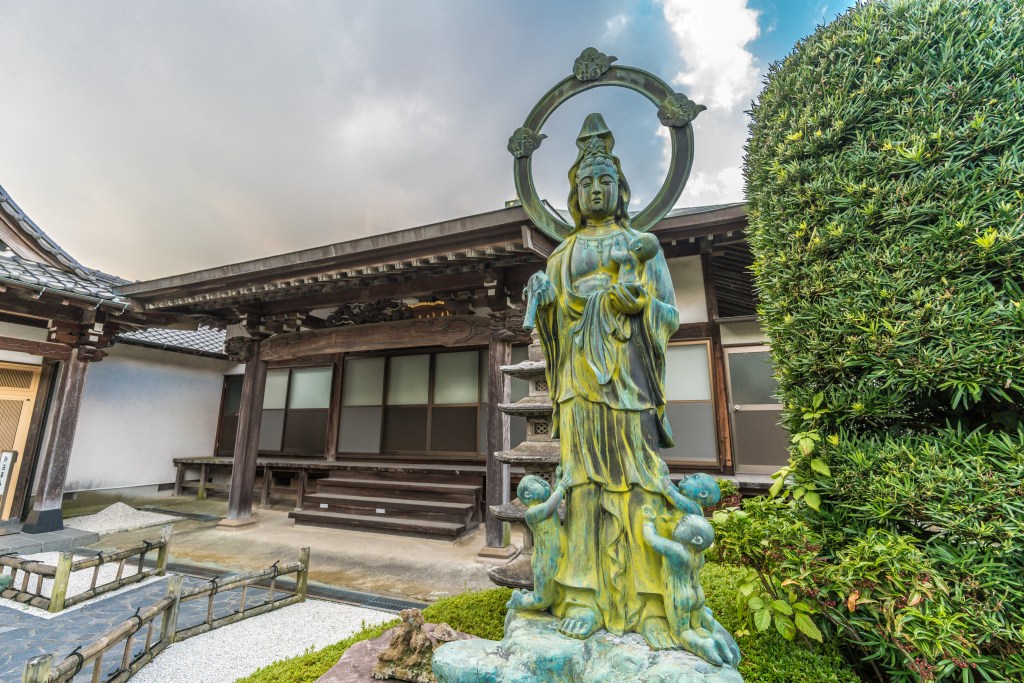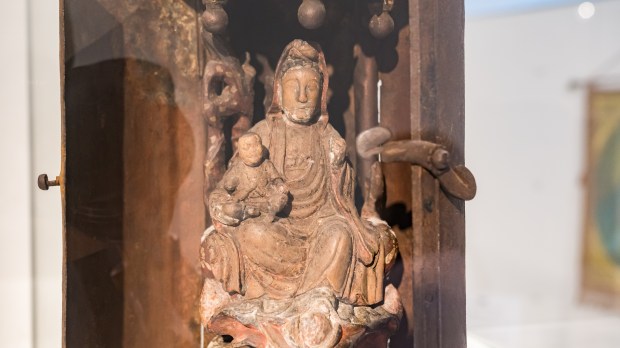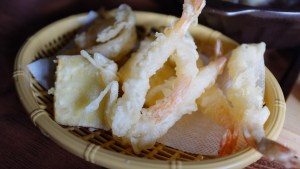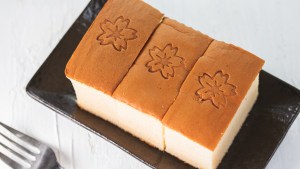The story of Japan’s Kakure Kirishitan (Japanese for hidden Christians) is one of remarkable resilience and ingenuity. Forced underground by persecution in the 17th century, these communities practiced their faith in secret for over 200 years. One fascinating aspect of their survival strategy was the clever use of Buddhist imagery, particularly statues of Kannon, the Buddhist Bodhisattva of Mercy, to represent the Virgin Mary and the Christ Child.
The Tokugawa shogunate, fearing foreign influence and potential rebellion, launched a brutal crackdown on Christianity in the early 17th century. Public displays of Christian faith were banned, churches destroyed, and believers tortured and executed – the story that Scorsese took to the screen when shooting Silence.
Faced with this existential threat, the Kakure Kirishitan adapted. They abandoned overt displays of Christianity and turned to clandestine practices.

One ingenious method of concealment was the repurposing of Buddhist iconography. The Virgin Mary, a central figure in Christian devotion, bears a strong iconographic resemblance to Kannon, often depicted as a compassionate female figure holding a child. Kakure Kirishitan communities exploited this visual similarity to their advantage, by using existing Kannon statues or commissioning new ones – with subtle modifications.
These modifications were often discreet but significant. A Kannon statue representing Mary might hold a flower instead of a child, symbolizing the Christ child. Rosaries, an important Christian devotional object, might be hidden in the folds of Kannon’s robes. Statues were sometimes placed in front of non-Christian altars as a subtle act of defiance and devotion.
The use of Kannon Mary wasn’t just a visual trick. Both Kannon and Mary are associated with themes of compassion, intercession, and motherhood. This allowed Kakure Kirishitan to maintain a connection to their faith while outwardly appearing to venerate a Buddhist figure. Prayers whispered before Kannon statues were in truth requests to the Virgin Mary for comfort and protection.
This act of assimilation wasn’t without risk. A keen eye could detect the subtle changes in a Kannon statue. The ingenuity of the Kakure Kirishitan, however, lay in its ability to blend seamlessly with surrounding Buddhist practices. Generations of hidden Christians passed on these techniques orally, ensuring the survival of their faith in a hostile environment.
The story of the Kakure Kirishitan’s use of “Kannon” Mary offers a glimpse into the remarkable lengths to which people will go to preserve their faith. It is visible proof of the power of human ingenuity, and the enduring strength of religious belief.



